This post compares the Google Pixel 9 to the Google Pixel 9 Pro and Google Pixel 9 Pro XL. Find out what differences there are in terms of specifications, features, and pricing!


Looking to buy the Google Pixel 9 but can’t decide which model to get? I can’t blame you, considering Google made it harder this year to pick. If you want a mini tablet that fits in your pockets, then the Pixel 9 Pro Fold is the obvious choice. But if you’re looking for a more compact phone, then you may have trouble deciding between the Pixel 9 and Pixel 9 Pro, which are the exact same size. Should you buy the Pixel 9 at $799 or spend $200 more to upgrade to the Pixel 9 Pro?
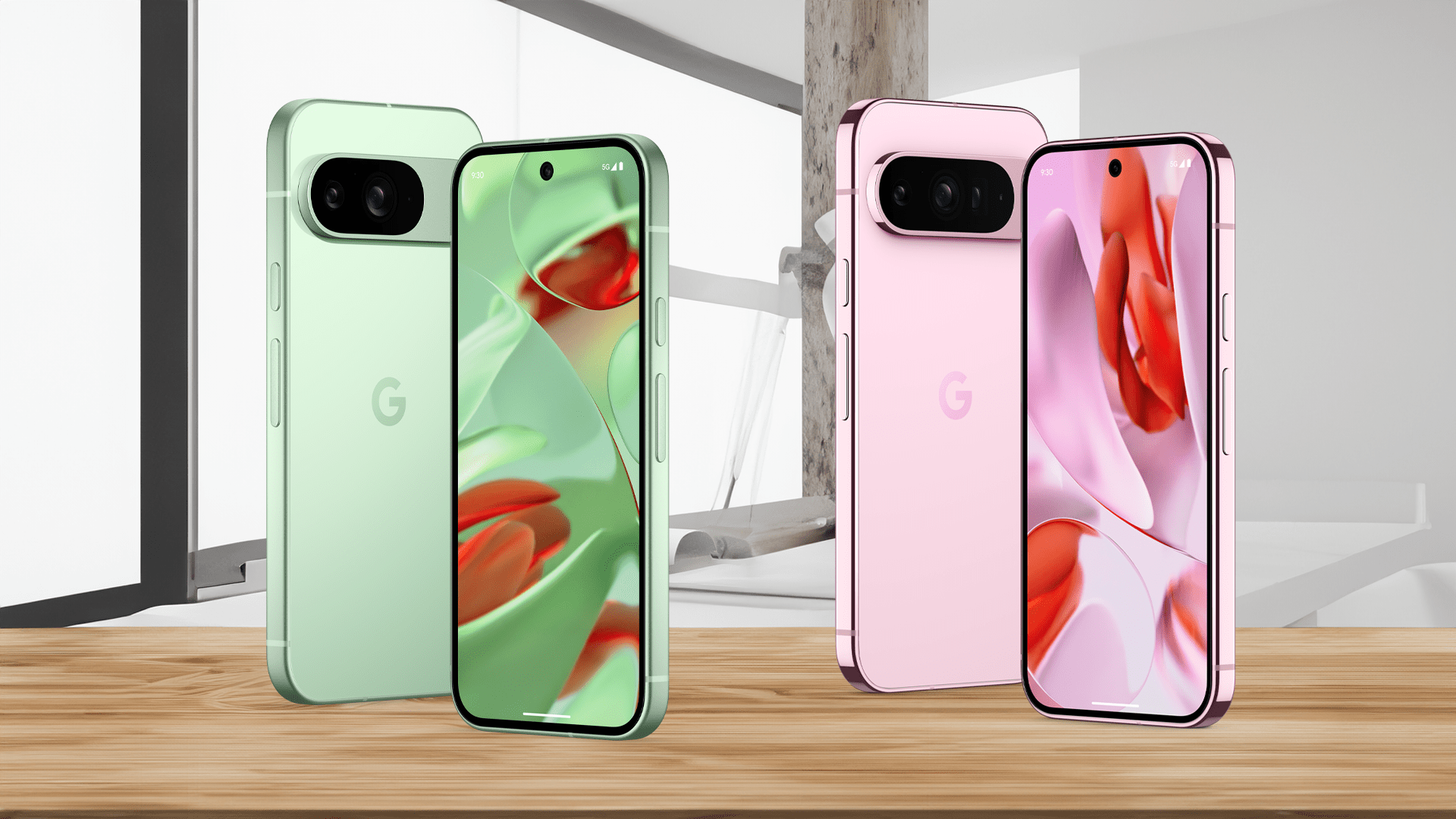
The answer to that is complicated, as it really depends on what you’re looking for in your next phone and how much you’re willing to spend on it. The Pixel 9 and Pixel 9 Pro might have the same screen size, dimensions, and even weight, but they differ in quite a few areas, such as what build materials were used on the body, what cameras were chosen, what displays you’ll see day-to-day, what connectivity options you’ll have, and more. It’s up to you to decide whether it’s worth spending $200 more to buy the Pixel 9 Pro over the Pixel 9, and that’s going to depend on how you rank the importance of each of their differences.
Pre-order links (affiliate links that support me!):
To help you with that decision, here’s a rundown of all the key differences between the Pixel 9 and the Pixel 9 Pro.
With its polished metal frame and silky, soft touch matte glass finish, the Pixel 9 Pro has a more premium build than the Pixel 9. The latter still looks nice with its satin metal finishes on the camera and frame that contrast with the polished glass back.
While both models come in Obsidian and Porcelain, the Pixel 9 also comes in Peony and Wintergreen while the Pixel 9 Pro has the additional options of Hazel and Rose Quartz.
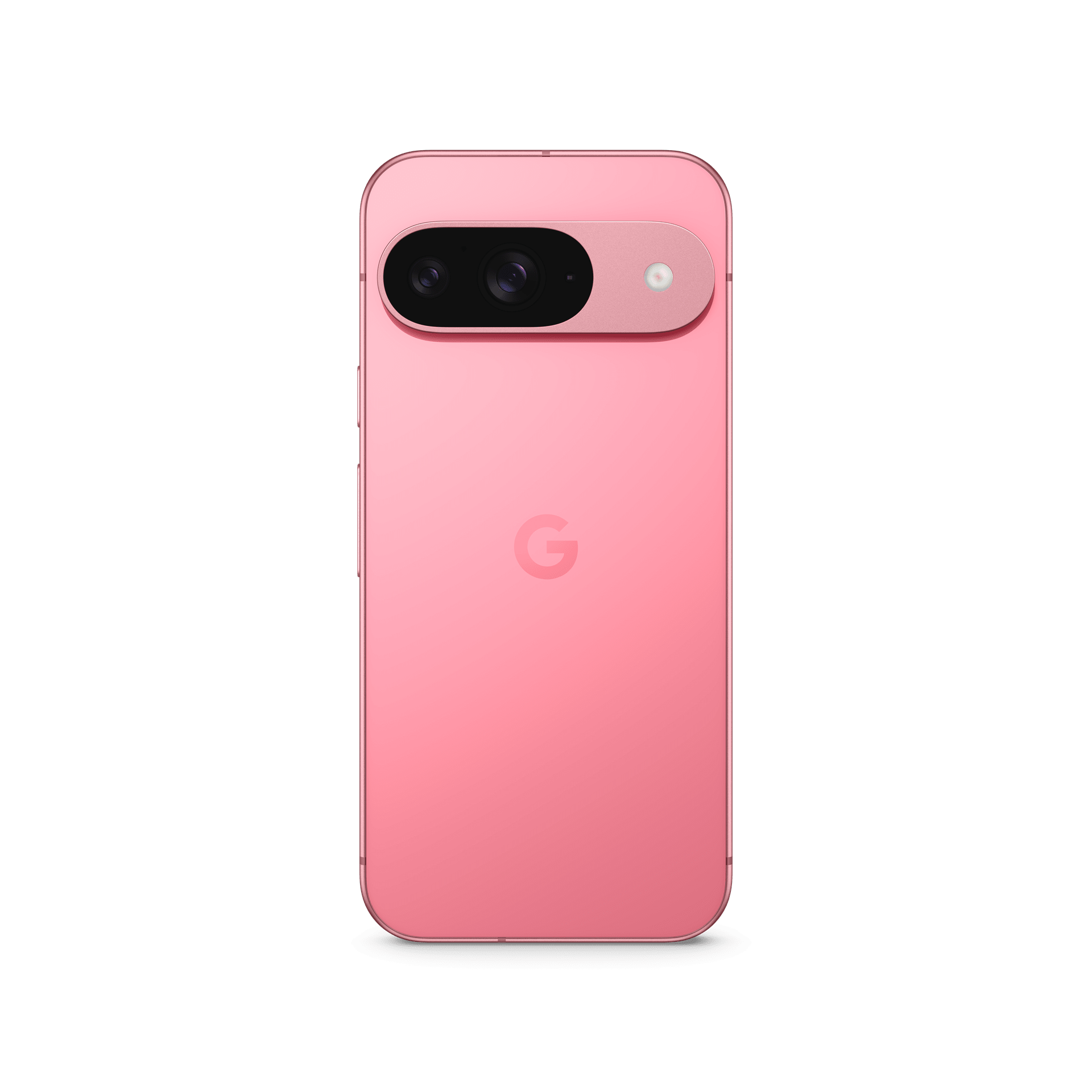
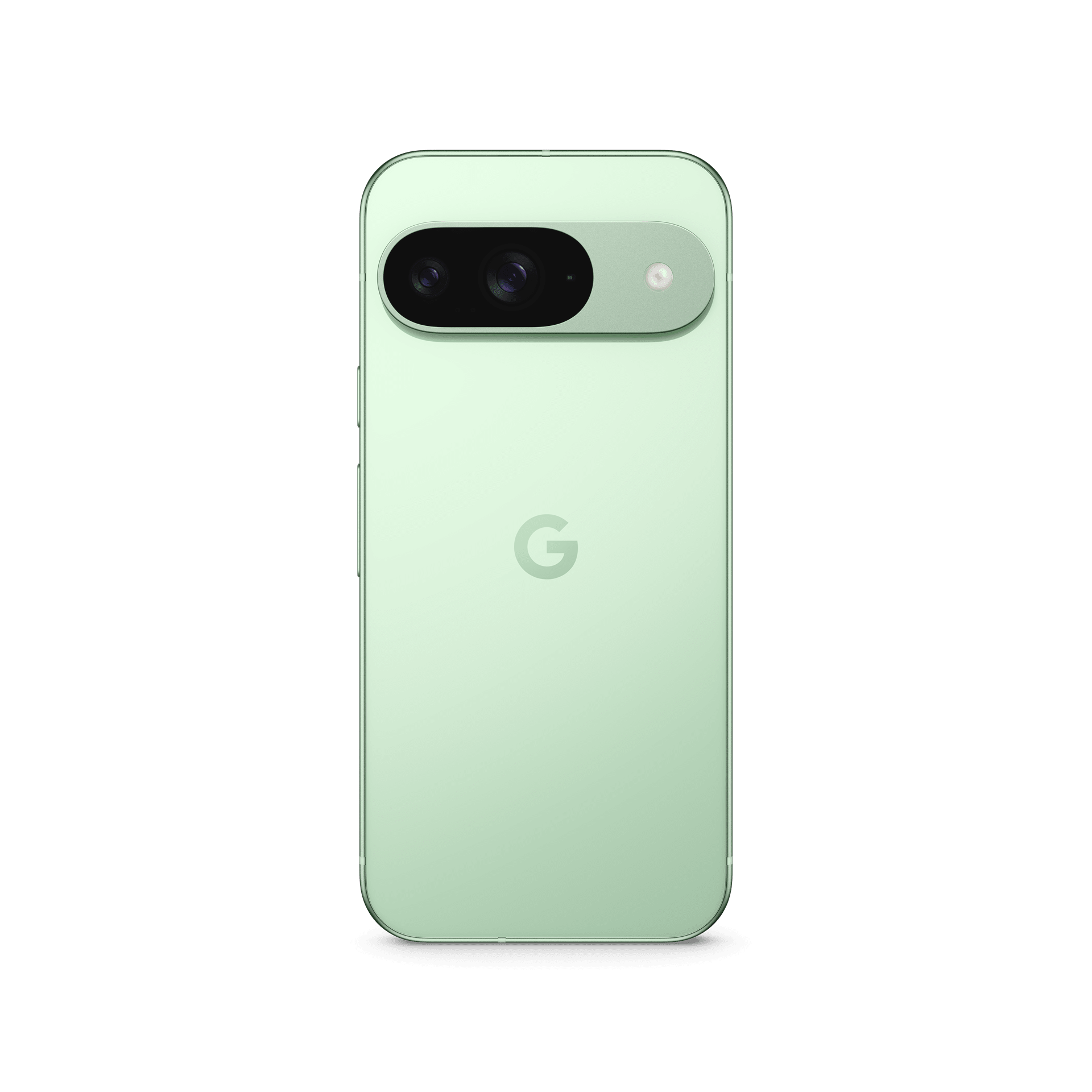
Pixel 9 in Peony and Wintergreen.
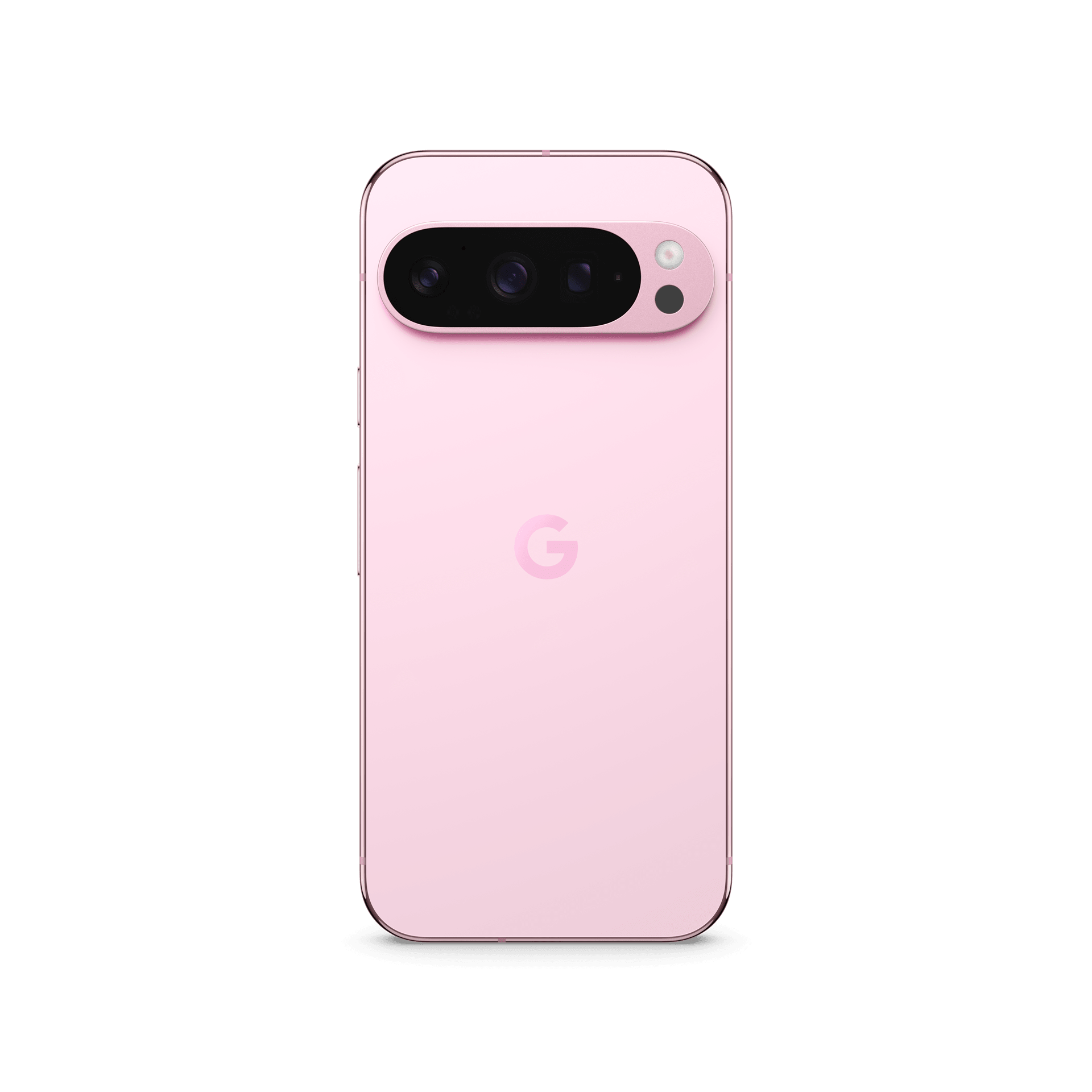
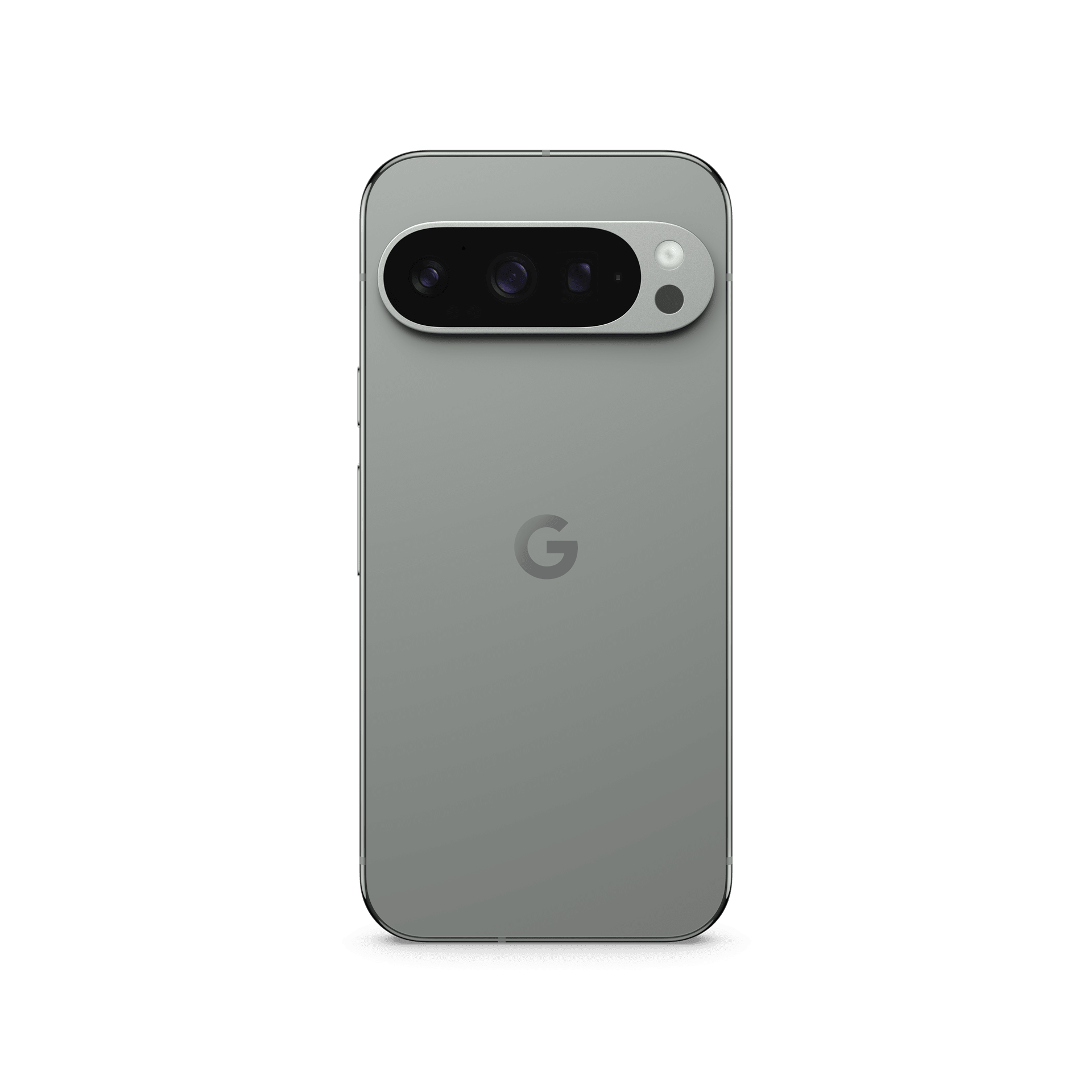
Pixel 9 Pro in Rose Quartz and Hazel.
Both phones have the same 50MP wide-angle and 48MP ultra wide-angle cameras, but only the Pixel 9 Pro comes with a 48MP 5X telephoto camera. This means the Pixel 9 Pro offers optical zoom quality at 0.5X, 1X, 2X, 5X, and 10X zoom levels, whereas the Pixel 9 only offers it at 0.5X, 1X, and 2X. Furthermore, the Pixel 9 Pro can combine the 5X telephoto camera with Google’s Super Res Zoom algorithm for super crisp zoomed-in shots at up to 30X zoom.

In addition, the Pixel 9 Pro also has a multi-zone laser detect autofocus (LDAF) sensor as opposed to a single-zone LDAF in the Pixel 9.
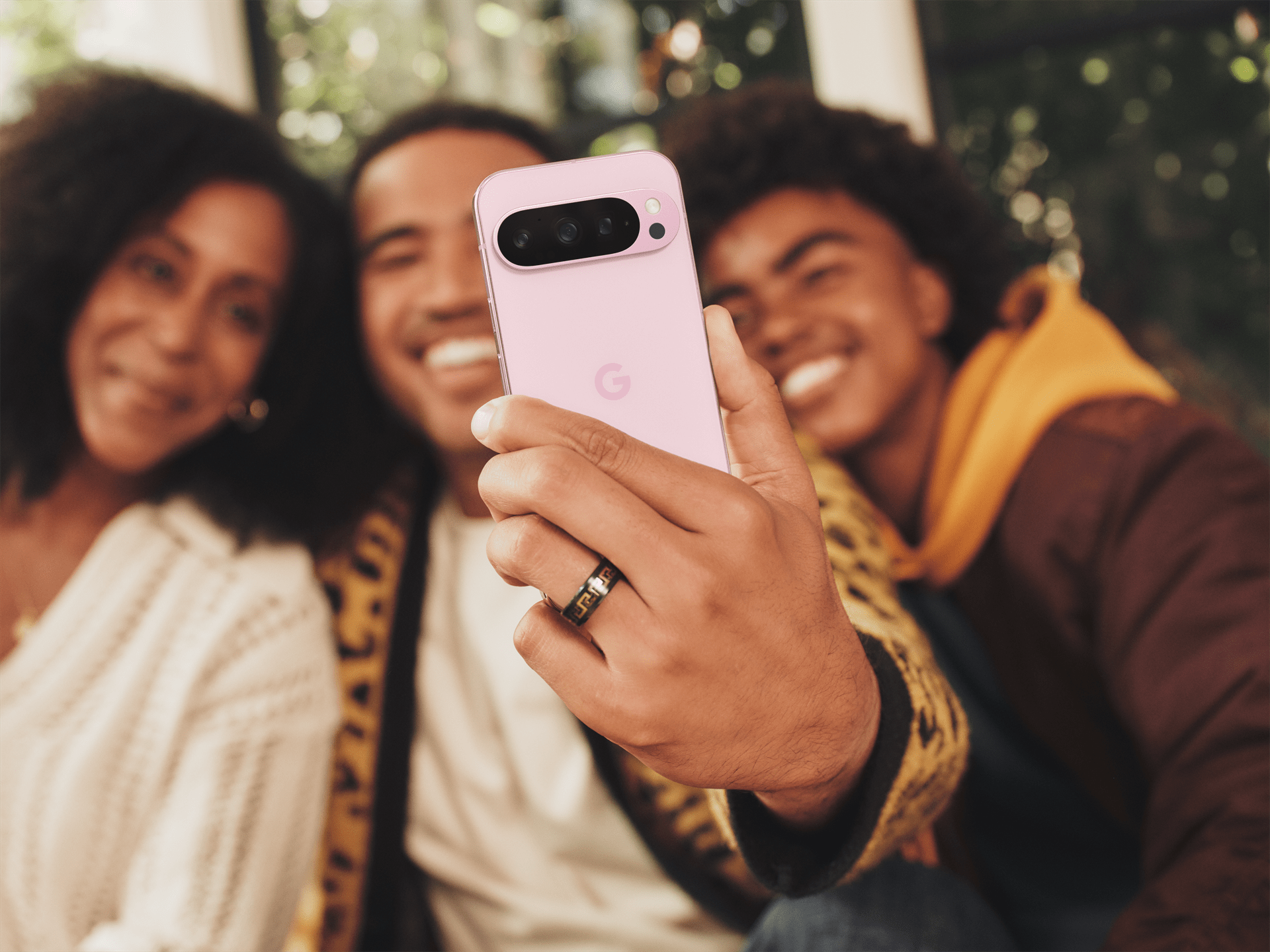
The Pixel 9 has the same 10.5MP selfie camera from last year’s model, whereas the Pixel 9 Pro gains an upgraded 42MP selfie camera. The upgraded camera not only captures higher quality selfies in all lighting conditions but also has a slightly wider field-of-view at 103°.
If you don’t buy the Pixel 9 Pro, then you’ll be missing out on some camera and camera editing features, including Pro controls in the Pixel Camera app, Night Sight Video with Video Boost, Super Res Zoom Video, and Zoom Enhance.
Pro controls in the Pixel Camera app let you manually adjust the shutter speed, ISO level, and aperture before taking a photo. You can also manually change the lens when adjusting the zoom level instead of letting the app choose for you.
Night Sight Video with Video Boost is essentially Night Sight but for videos. This feature uses Google’s Night Sight algorithms to turn grainy, dimly lit videos into sharp, bright videos. Since these algorithms are incredibly intensive, the videos you shoot are uploaded to Google’s cloud servers for processing (boosting). With the launch of the Pixel 9 Pro, Google says the server-side processing time has been cut in half, and it can now even upscale videos to 8K resolution.

Speaking of upscaling, Google's Super Res Zoom algorithm now applies to videos, too.
Lastly, Zoom Enhance is a feature that lets you essentially “CSI enhance" a photo. You take an existing photo, zoom in on it, and then tap "enhance" to improve the clarity and sharpness of the image.
Google equipped the Pixel 9 Pro with its latest Super Actua display, which is not only much brighter than the Actua display in the Pixel 9 but also higher resolution and more dynamic when refreshing.
Specifically, the display in the Pixel 9 Pro reaches a staggering 3000 nits of peak brightness, has a quad HD resolution, and has a variable refresh rate between 1-120Hz. In comparison, the display in the Pixel 9 reaches a less bright but still very impressive 2700 nits of peak brightness, has a full HD resolution, and has an adaptive refresh rate between 60-120Hz.

The Super Actua display on the Pixel 9 Pro.
It’s worth noting that although the Pixel 9 supports a 120Hz refresh rate and the Pixel 9 Pro supports quad HD resolution, neither device defaults to these modes out of the box. To save battery, Google enables 60Hz by default on the Pixel 9 and FHD by default on the Pixel 9 Pro. You’ll need to dive into settings to enable both.
Under the hood, both the Pixel 9 and Pixel 9 Pro are powered by the same Tensor G4 processor. However, the Pixel 9 Pro comes with 16GB of RAM instead of 12GB of RAM like the Pixel 9. This additional 4GB of memory won’t matter much for the average user in day-to-day use, but it could play a deciding role in what features will be available for both devices down the road.

Consider the fact that last year’s Pixel 8 almost missed out on Gemini Nano support entirely because it only had 8GB of RAM compared to the Pixel 8 Pro’s 12GB of RAM. Gemini Nano is the version of Google’s large language model (LLM) that’s optimized for mobile devices, and it requires quite a bit of memory to stay resident in memory.
With the launch of the Pixel 9, Google has introduced Gemini Nano with multimodality, a new version of the LLM that supports image, audio, and speech inputs in addition to text. Given that Google plans to deliver 7 years of OS and Pixel Drop updates to both the Pixel 9 and Pixel 9 Pro, it’s possible that new, even more memory hungry iterations of Gemini Nano will be created, meaning 12GB of RAM might not be enough in the future.
Plus, with an improved desktop mode on the horizon, you’ll eventually want more memory on your phone anyway if you plan on using your Pixel 9 as a portable PC.
The starting price of the Pixel 9 ($799) and the Pixel 9 Pro ($999) is for their base 128GB storage model. You can spend more to upgrade the Pixel 9 to 256GB of storage, but you can’t purchase a model with any more storage than that. However, you can purchase the Pixel 9 Pro with 512GB or even 1TB of storage, depending on your country.
Whether you’ll need 512GB or 1TB of storage really depends on your personal digital habits. The best way to decide is to look at how much storage your current phone has and how much of its storage you’ve used up. If you’ve barely used any of its storage, then you probably don’t need more. If you’ve almost used all of it up and frequently find yourself cleaning up files, then you may need to upgrade. Also keep in mind that your needs might change in a few years, especially as the OS, apps, and features grow in size.
The Pixel 9 doesn’t have an ultra-wideband (UWB) radio like the Pixel 9 Pro. UWB is a wireless communication technology that’s often used for locating objects because it’s so precise.
UWB is currently deployed for a few use cases, including to locate cars that support the technology so you can then unlock them using the digital car key in your phone. It’ll also be used to locate supported tracker tags like the Moto Tag, making it easier to locate your lost items.

Although the Pixel 9 and Pixel 9 Pro both charge at up to 27W speed when using the wired 45W USB-C Charger from Google, they charge at slightly different speeds when placed on the Pixel Stand (2nd Gen). Specifically, the Pixel 9 charges at 15W while the Pixel 9 Pro charges at 21W while on the Pixel Stand (2nd Gen). Both devices still charge at the same speed on any other certified Qi EPP wireless charger, though (12W).

The Pixel 9 Pro is equipped with an infrared temperature sensor that’s used to, you guessed it, measure the temperature of things. It can measure the temperature of a variety of surfaces and is even certified by the FDA to measure the temperature of your body. The temperature sensor could be useful if you have small children, but otherwise, I don’t think many people will place this feature high on their list.
If you want to use the new Gemini Live feature, then you’ll need to have access to Gemini Advanced. To get access to Gemini Advanced, you need to subscribe to the Google One AI Premium plan, which costs $19.99 per month. While that plan does also get you 2TB of Google One storage and other perks, you might find it hard to justify paying for it without knowing whether Gemini Advanced is really worth it.
Fortunately, if you buy a Pixel 9 Pro, you’ll get 1 year of the Google One AI Premium plan, which is worth $239.88. You don’t have to buy the Pixel 9 Pro immediately to take advantage of this offer, too, since it’s available through the rest of the year and most of 2025.
For your convenience, here’s a table that lists the key spec differences between the Pixel 9 and Pixel 9 Pro. As a bonus, we’ve also included the Pixel 9 Pro XL in the table, in case you’re considering the Pixel 9 Pro vs. the Pixel 9 Pro XL.
Have any specific questions about the Google Pixel 9 or Google Pixel 9 Pro XL? Leave a comment below!
| Feature | |||